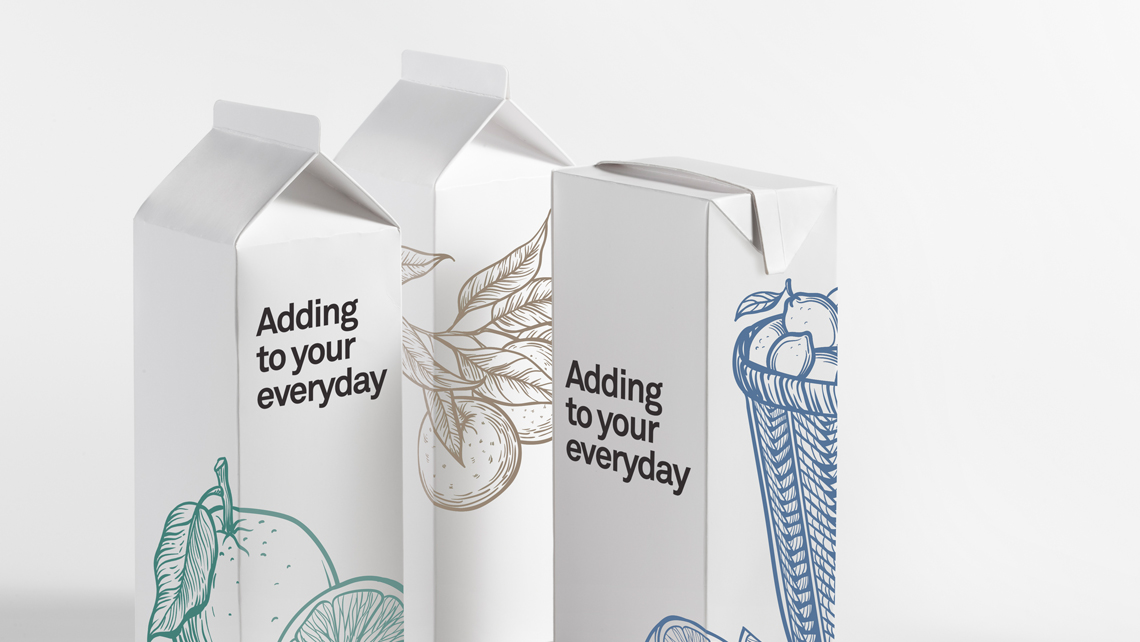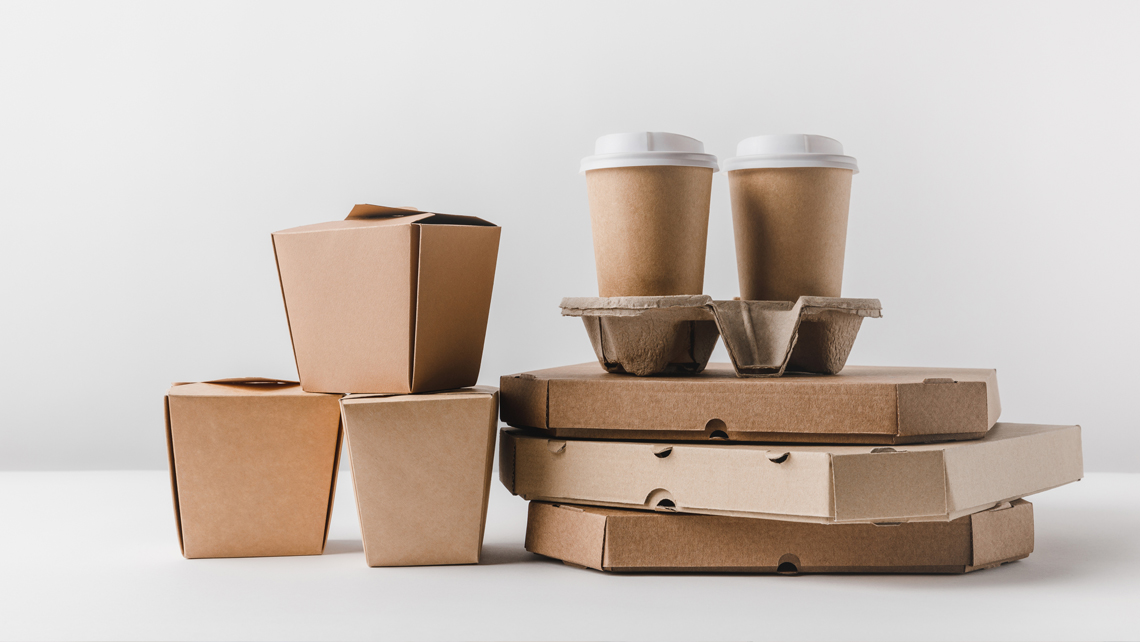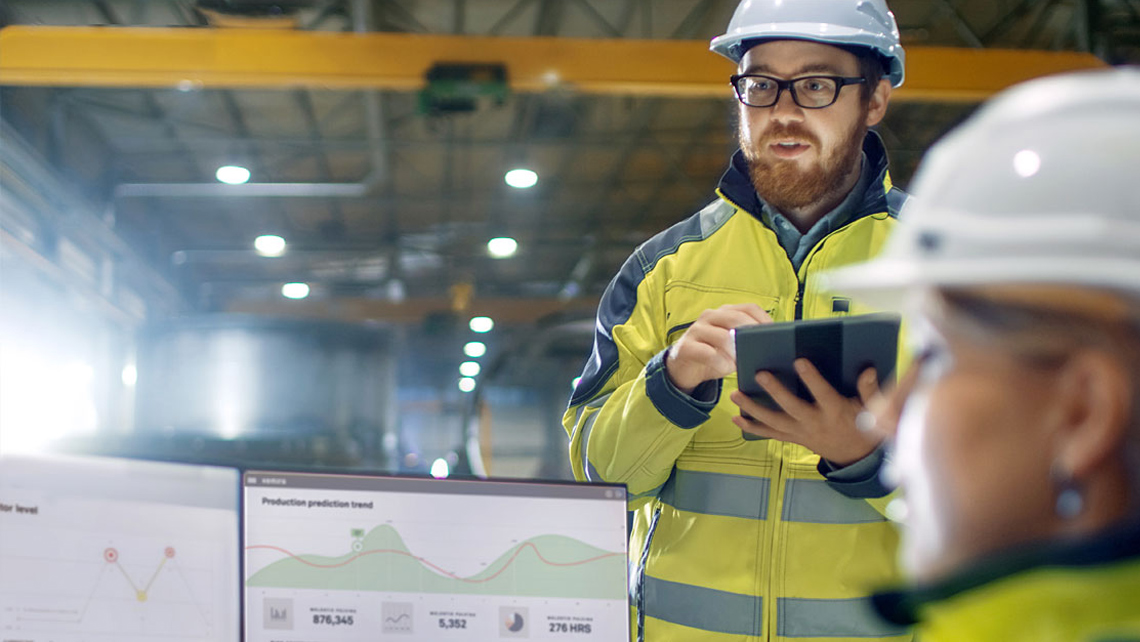Producing hygienic board brings a lot of challenges, both obvious and hidden. It’s not just the equipment and process that needs to be closely monitored, the whole mindset of the mill management and operators has to be focused on hygiene. With other paper-based products, like print paper for example, the microbial content of the final paper product doesn’t really matter too much. In hygienic board it matters a lot. Most important is the control of bacterial spores, which are heat tolerant enough to survive the drying of board. Machine operator training typically doesn’t include a particular focus on microbiology, so many of our customers appreciate a little help in identifying what process points are at risk of sporulation (moment when spores start to form) and in spotting the signs of when it starts to happen.
Prevention instead of reaction
Once spores have matured in the process it’s already too late to save that run from being re-pulped. “Typically, a mill samples the final board with traditional microbiological methods,” explains Marko Kolari, Senior Principal Scientist of Microbiology and Biotechnology. “That means a sample taken on Monday is sent to the lab and the results come back on Wednesday telling if your levels are ok or too high. By then the machine has been blindly producing board for two days. An example mill produces around 1,000 tons a day with a value of €1,500 per ton, so in case of contamination we could be talking about three million euros worth of board having to be re-pulped. But it doesn’t end there. On Thursday an expert arrives on-site and starts running analysis. If they are experienced, they find and suggest a fix to the problem. Another sample is taken and sent to the lab, and on Saturday the results come back confirming whether or not the problem was indeed fixed.”
Running a mill in this way is a risky business because the quality management is always a few days behind the data and can never be 100% sure that everything is working right now as it should be. What is needed is a deep level of microbiological expertise and support that helps operators understand what causes sporulation and what doesn’t, where it’s most likely to occur, how spores develop, and how to control them without using too much biocide. In other words, prevention instead of late reaction.
Unmatched microbiological expertise
“Kemira has conducted a lot of research into sporulation over the last fifteen years and we have industry-leading knowledge of bacterial behavior and spore formation,” says Juha Rintala, Manager of Digital Applications and Development. “We are now combining that deep expertise with real-time online monitoring, artificial intelligence and machine learning technologies into one package that can help predict sporulation before it starts.”
“There’s probably no board machine in the world that produces on-spec every day of the year. There are always surprises, but with our combined expertise and technology we can dramatically minimize both the frequency and consequences of those surprises,” Marko explains.
“Our KemConnect™ online monitoring platform collects the key process parameters on one screen, auto-reports on critical measurements, and alerts operators whenever conditions require some fine-tuning of the biocide program,” continues Juha.
Of course it’s never as simple as setting up a biocide program and then forgetting about it. “You need to dose enough but not too much, as well as understand what impacts tweaks of other parameters and chemistries in the process can have on sporulation. This requires an overall view of the deeper process phenomena. That’s why a close partnership between the mill operators and the chemical experts is essential – to get the best results, the biocide program requires constant development to respond to evolving process conditions,” says Marko.
This level of insight could potentially save customers millions of euros and thousands of tons of off-spec product. It’s the future of hygienic board production – and it’s a future that has already begun.
Seeing into the future
“Currently you could say that we have the ability to ‘measure the pulse’ of our partners’ mills. They don’t have to wait 48 hours to find out what’s going on because we already know enough at any given moment to start fixing an issue before it becomes a real problem. Going forward, we are looking at using AI and machine learning to build predictive models that enable us to not only see the past and present but also around ten hours into the future. This way, if we see that the process is starting to move toward conditions that could cause sporulation, we have time to prevent it,” explains Juha.
“We’re currently running a pilot with one partner who has shared their data to enable us to build a model that can predict four to five hours ahead. This level of insight could potentially save customers millions of euros and thousands of tons of off-spec product. It’s the future of hygienic board production – and it’s a future that has already begun,” concludes Marko.
Find out more about KemConnect smart process management >>
Watch our on-demand webinars




